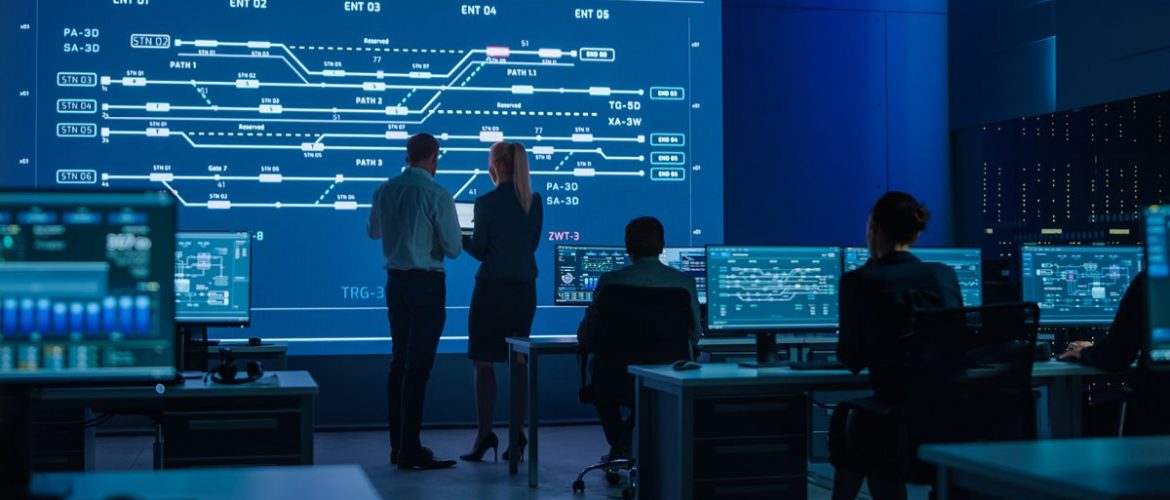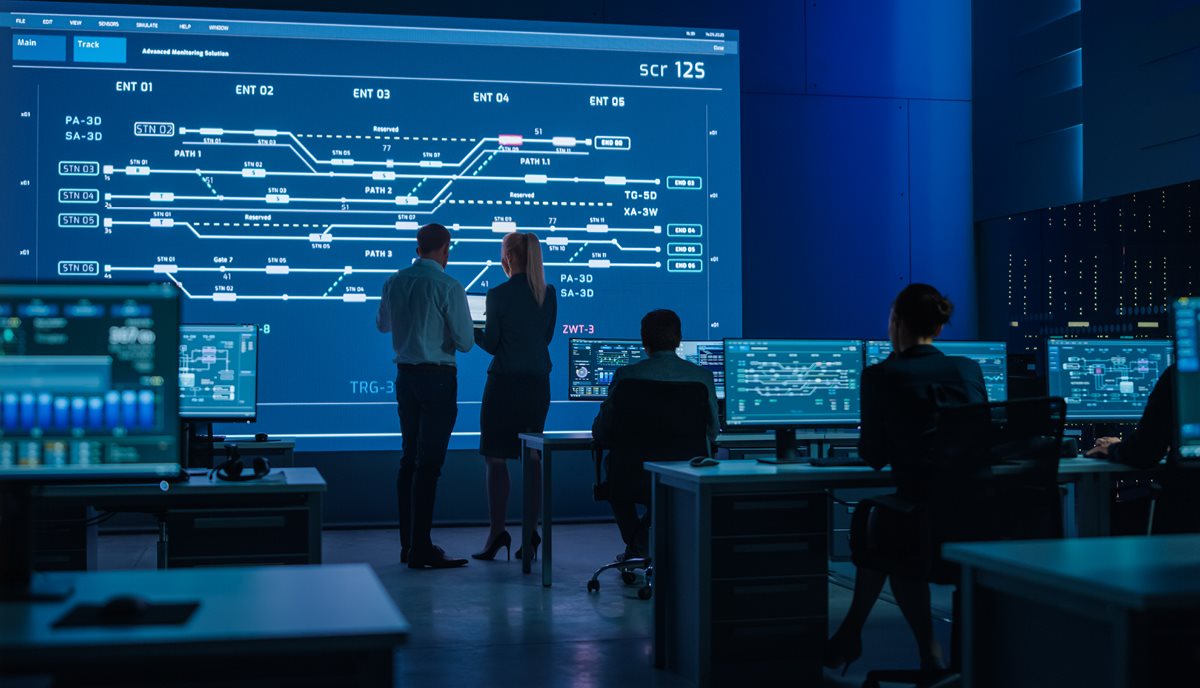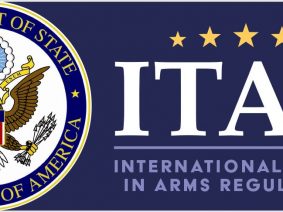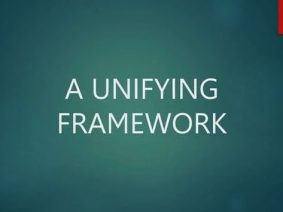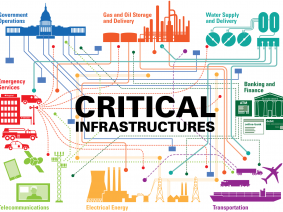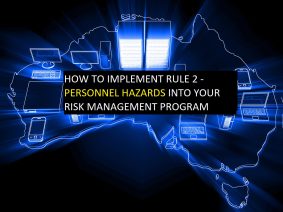Introduction
As the global focus sharpens on the security of critical infrastructure, one aspect often remains underrepresented: the potential risks arising from personnel within the supply chain. Members of the Defence Industry Security Program (DISP) have highlighted these concerns, especially when interfacing with the Critical Infrastructure Security Centre (CISC). This article dissects the personnel-related hazards in critical infrastructure supply chains and explores viable solutions.
Background
Before delving into the challenges, it’s vital to understand the existing frameworks that highlight the significance of personnel risks:
- Defence Security Principles Framework: DISP Members adhere to this, which includes background checks to meet the Personnel Security Pillar, among other requirements. It’s a testament to the importance of personnel integrity within defence frameworks.
- SoCI Act: Parts of the Defence sector that fall within this act have additional responsibilities, especially when they collaborate with entities managing Critical Infrastructure Assets under the Act.
- CISC’s Role: Critical Infrastructure Asset Owners are mandated to register their assets with the CISC, develop a CIRMP for each asset, and notably, detail their strategy for personnel background checks, ensuring alignment with the Act and related regulations.
Personnel Hazards: The Underestimated Risk
The convergence of DISP Members with the CISC and the obligations under the SoCI Act brings forth several personnel-related challenges:
- Inconsistent Screening Protocols: Different entities might have varied standards and depths for personnel screening. This inconsistency can lead to weak links in the supply chain, making it vulnerable.
- Dual Obligations: DISP Members face the unique challenge of balancing their obligations under the Defence Security Principles Framework with those arising from interactions under the SoCI Act. This can sometimes lead to gaps in personnel vetting.
- Documentation Overload: With the rigorous requirements for asset registration and CIRMP development, there’s a risk of the personnel aspect getting overshadowed or inadequately addressed.
Towards a More Secure Personnel Framework
Addressing these challenges requires a multifaceted approach:
- Unified Screening Standards: Establishing a standard protocol for personnel screening across the board can eliminate inconsistencies and ensure every individual within the supply chain is vetted adequately.
- Clearer Guidelines: Providing DISP Members with clear, actionable guidelines that harmonize their dual obligations can prevent oversights and potential risks.
- Emphasis on Personnel in CIRMPs: Ensuring that the personnel aspect is highlighted and adequately addressed in each CIRMP can make a significant difference in risk management.
An Auscheck CI Enhancement
Establishing a distinct category within the AusCheck system for organisations that have critical workers who have CI workers but are not asset owners in their own right. This category, perhaps titled “Registered Entity Supply Chain,” would enable such organisations (including Cleard Life Vetting Agency) to oversee the ongoing suitability requirements for their critical workers, providing assurance to all asset owner customers that the necessary background checks are in place (including issues of interest to the national security agencies) and that suitability is being continuously managed and that exit briefing and risk assessments are being done in a satisfactory manner.
Conclusion with Call to Action
Personnel hazards in the critical infrastructure supply chain may not always be in the limelight, but their potential impact is profound. As the landscape of critical infrastructure evolves, addressing these risks head-on is not just advisable – it’s imperative. If you’re navigating these complex waters:
- Don’t hesitate to consult with Anchoram Consulting for expert advice tailored to your needs.
- For a thorough and compliant personnel screening process, consider the expertise of the Cleard Life Vetting Agency and its Critical Infrastructure Clearance.
By prioritizing personnel security today, we can fortify our critical infrastructure for the challenges of tomorrow.
Other articles:
Critical Infrastructure Clearance
Risk Management Program Rules – Home Affairs – Critical Infrastructure
Critical Infrastructure: Public Submissions React to Trusted Insider Risk Mitigation Options.
Personnel Security (PERSEC) still remains a challenge for DISP Members
